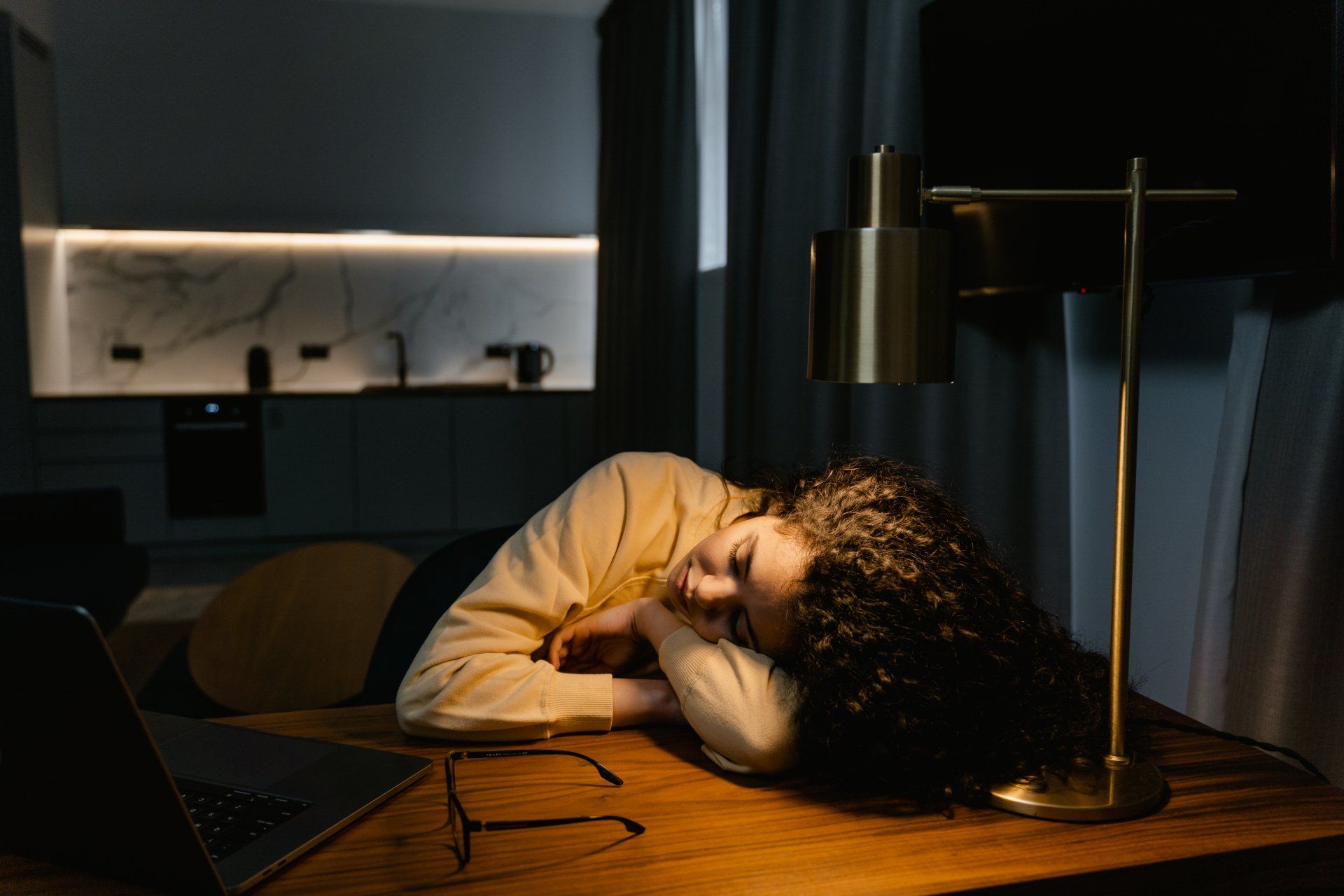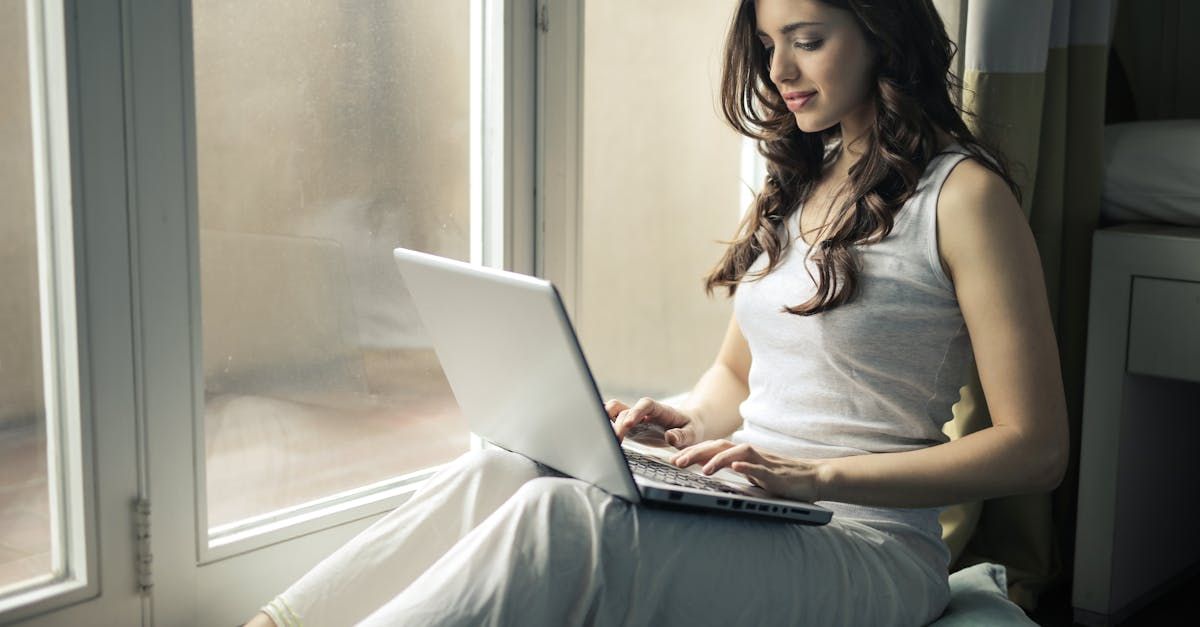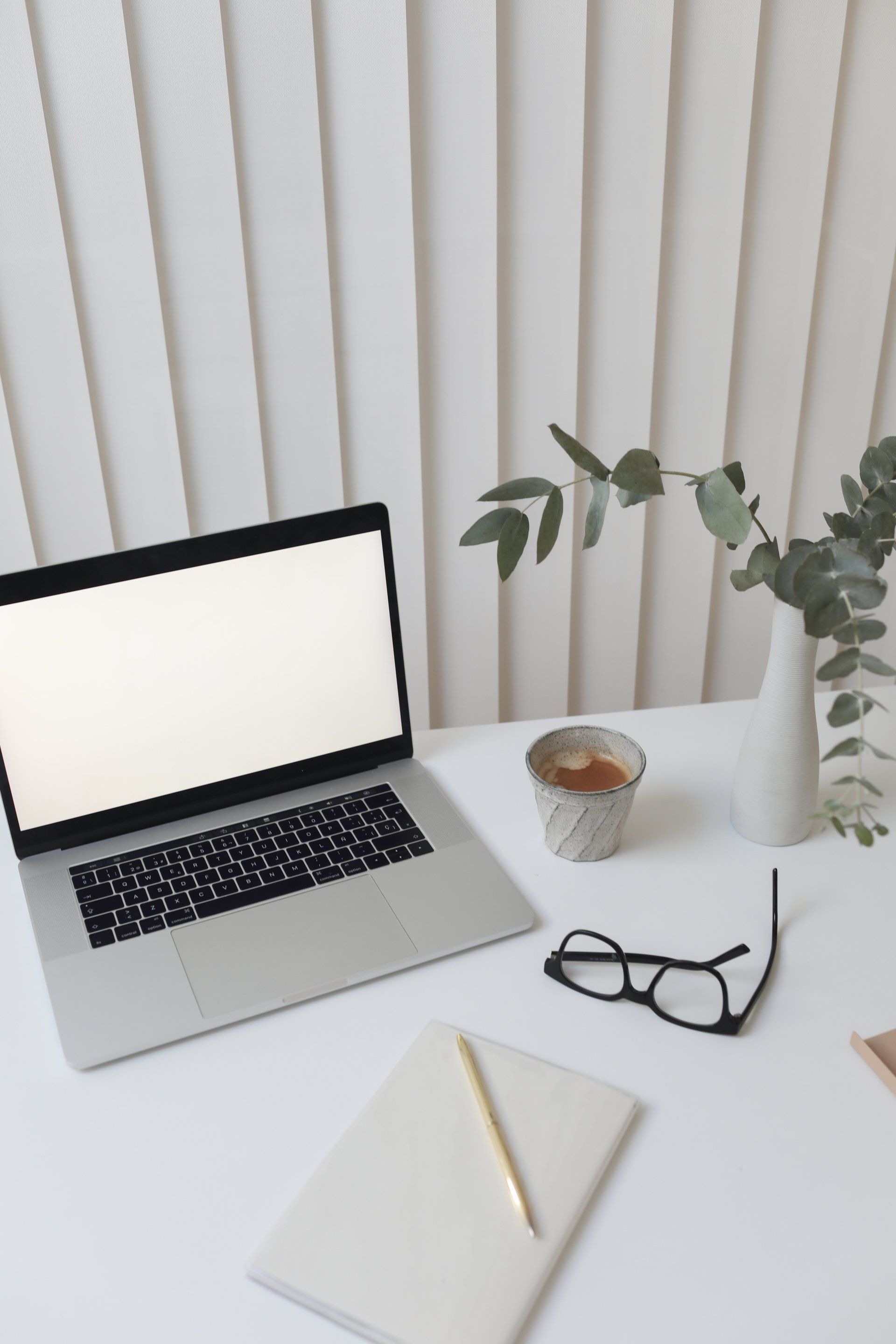How To Create a Happy and Productive Workspace at Home

It's nearly three years since the pandemic when we were obliged to set up makeshift home offices on kitchen tables, sofas and in bedrooms. For many, hybrid or homeworking has become a permanent fixture, but have our workstations evolved with these changes?
If your working environment could do with upgrading, here are some tips for creating a happy and productive workspace at home.
Designate Your Work Area
If you’re not lucky enough to have a separate room for an office, assess the space you have. Look for a quiet spot away from distractions if others are home during working hours.
Could you adapt a corner in your lounge or bedroom into a permanent work area? Do you have a dining room that only gets used at Christmas and special occasions? What about transforming the recess under the stairs from a dumping ground to a creative workspace?
Opt for a console table if you don't have room for a large desk. Console tables have a narrower depth and are easier to slot in without taking over. With numerous stylish designs and finishes available, they also look less office-like and blend well in a multipurpose living space. Alternatively, look out for cabinets with clever pull-out desks that hide away when you're not working.
Are You Sitting Comfortably?
Is your back feeling the consequences of perching on an uncomfortable kitchen stool that was supposed to be a temporary measure?
If you're investing in a new office chair, look for a model preferably with an adjustable height, backrest and armrest. Swivel chairs on wheels allow ease of movement to save you from twisting awkwardly.
In reality, though, standard office chairs are bulky and won't necessarily win points in any home decor awards. Your choice will depend on space, location and workstation size. At the very least, your seating needs to support your back. If you already have a chair that's not as comfortable as it could be, using cushions or lumber rolls can help.
If you're on the hunt for a new chair, it’s better to go to a store and try different designs to see what feels the most comfortable. Also, don't overlook buying second-hand, but again, go and check the item before buying.
Tempering Tiredness
If you're prone to a mid-afternoon slump, stay alert by keeping your work area well-ventilated.
Research has shown that an office environment flooded with natural light helps maintain circadian rhythms by controlling melatonin levels during the day. Melatonin aids sleep and is triggered when there's no light. Sitting close to a window also promotes productivity, and who doesn’t like a nice view outside?
If you're in a dimly lit area, invest in a lamp to prevent eyestrain and drowsiness. Have regular breaks to take in natural light and fresh air.
Position your screen to avoid any glare from lights or windows.

Control the Clutter
Keeping your workspace tidy helps you feel more organised, and if you’re working in a multifunctional space, it stops the spread of work material into other parts of the room. A clutter-free work area doesn't mean it needs to be devoid of personality. Include decorative touches to inspire creativity or nurture a calming environment. Hang some wall art. Use a shelf above your work area for photo frames or a vase of fresh flowers. It adds interest without clogging your desk.
If you’re sharing your office with your living area, incorporate storage that works with your interior style. Put away anything work-related at the end of the day to ease the transition back into home life.
The Power of Plants
Adding plants to an office space can help reduce stress. They’re attractive to look at and can also improve air quality.
If you’re not particularly green-fingered, spider plants, snake plants and peace lilies are good starting points as they're not too attention-demanding.

Establish Boundaries
It can be easy to plough through your day without taking breaks. It might be the lack of social distractions or the feeling that you have to prove yourself more because you're not in the office. But, by giving yourself a chance to recharge, get some fresh air or a change of scenery, you’ll come back in a much better position to tackle the next job on your to-do list.
Stick to your working hours, and don’t be tempted to work later than you should. We all have to put in extra time occasionally, but this should be the exception rather than the rule. Just because your workstation is a few steps away doesn't mean you're constantly on call.
The change from work mode to home mode can sometimes be a struggle. The daily commute is where this transition occurs for many people. If you're missing the opportunity to switch mindsets, set a new end-of-day ritual, perhaps by going for a walk or having a bath. It's a much better way to unwind than getting stuck in traffic.
Like anything, homeworking has both advantages and concessions, depending on your viewpoint. Someone might enjoy the quiet isolation, whereas others might miss the social interaction of an office environment. Whatever your perspective, with a few changes, you don't need to compromise on a comfortable workstation.
Work With Me
If you like the style of this article and are looking to publish similar content on your website, I'd love to help.









